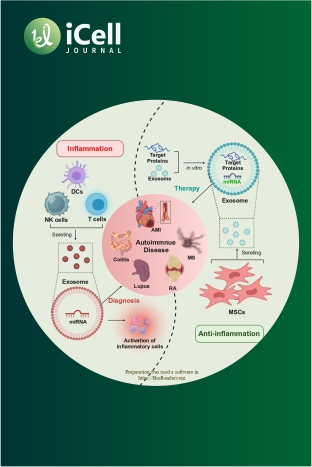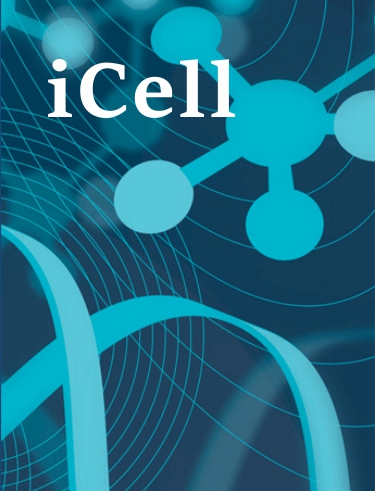Resveratrol Oligomers Trans-gnetin H Promotes Reactive Oxygen Species Generation and Rictor Degradation to Suppress Cancer Cell Viability
DOI:
https://doi.org/10.71373/UGHK9221Keywords:
Trans-gnetin H, ROS, mTOR, Rictor, FBXW7, antitumor treatmentAbstract
The function of resveratrol as an antioxidant is to scavenge reactive oxygen species (ROS) in the body. The effects of resveratrol on cellular activity have been widely reported. Trans-gnetin H is a trimer of resveratrol that is found in seeds of peonies. However, there is not enough research on the cellular effects of trans-gnetin H, and it is not clear if it has the same physiological functions as resveratrol. This study tries to answer this question by investigating the effect of trans-gnetin H on ROS, mammalian target of rapamycin (mTOR), cell viability, autophagy, and ferroptosis in several cancer cell lines. Trans-gnetin H was found to regulate cell viability, cell proliferation, and autophagy, but it did not affect ferroptosis. Molecular experiments showed that these effects were brought about via significant promotion of ROS generation and suppression of mTOR activation in an ROS-dependent manner. Further mechanistic experiments showed that trans-gnetin H inhibits mTOR activation by inducing FBXW7-mediated ubiquitination and degradation of Rictor, a key component of mTORC2. Thus, trans-gnetin H appears to control tumor cell viability by inhibiting activation of the mTORC1 and mTORC2 pathways through a novel regulatory mechanism involving the ROS-Rictor signaling axis.


